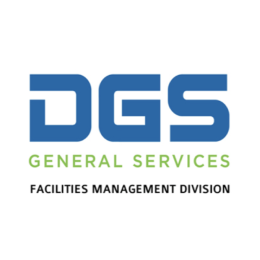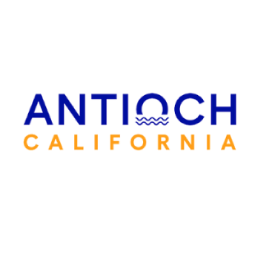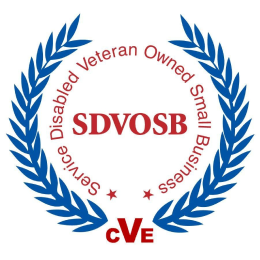Introduction
Food safety is a critical aspect of our daily lives. With the ever-increasing global population and complex supply chains, ensuring the safety of our food has become a pressing concern. However, advancements in technology are revolutionizing the landscape of food safety, offering new ways to detect and prevent contamination, enhance traceability, and improve overall food quality. In this article, we will delve into the future of food safety, exploring emerging technologies and trends that are reshaping the way we protect our food. Get ready to embark on an exciting journey into the world of cutting-edge innovations that promise a safer and healthier food supply.
Enhanced Detection and Monitoring Systems:
- Advanced Pathogen Detection: Traditional methods of detecting pathogens can be time-consuming. However, emerging technologies such as polymerase chain reaction (PCR), DNA sequencing, and biosensors are enabling faster and more accurate detection of harmful bacteria like Salmonella and E. coli. These methods can significantly reduce response time in case of outbreaks and minimize the risk of foodborne illnesses.
- IoT and Blockchain: The Internet of Things (IoT) and blockchain technologies are revolutionizing traceability in the food industry. By integrating sensors, RFID tags, and blockchain ledgers, it becomes possible to track every step of the food supply chain, from farm to fork. This enhanced transparency ensures better control over potential contamination points, facilitates targeted recalls, and builds trust between consumers and producers.
- Real-time Monitoring: Continuous monitoring systems equipped with sensors and data analytics offer real-time insights into food quality and safety parameters. For instance, smart packaging embedded with sensors can detect temperature, humidity, and gas levels, alerting stakeholders to potential spoilage or contamination risks. This real-time monitoring enables timely interventions, reducing food waste and enhancing safety.
Robotics and Automation:
- Robotic Inspection: Robots equipped with advanced imaging technologies, such as hyperspectral imaging and computer vision, can efficiently scan and inspect food products for defects, contaminants, and freshness. These automated systems can detect minute details that are often missed by human inspection, ensuring a higher level of quality control.
- Automated Hygiene Systems: Maintaining proper hygiene in food processing facilities is crucial. Emerging technologies, including automated cleaning systems and UV sterilization robots, can ensure thorough and consistent sanitization, minimizing the risk of cross-contamination and improving food safety standards.
Data Analytics and Predictive Models:
- Predictive Analytics: The ability to analyze vast amounts of data collected from various sources, including sensors, social media, and historical records, allows for the development of predictive models. These models can identify patterns and trends, enabling early detection of potential food safety risks and enabling preventive measures before an outbreak occurs.
- Machine Learning and AI: Machine learning algorithms and artificial intelligence can analyze data to identify correlations between various factors and predict food safety issues. For example, AI-powered systems can predict the likelihood of food spoilage based on environmental conditions and ingredients, helping companies optimize inventory management and reduce food waste.
Food Safety Culture and Education:
- Consumer Awareness: Increasing consumer awareness about food safety practices and regulations plays a crucial role in creating a safer food environment. Through social media campaigns, educational initiatives, and clear labeling, consumers can make informed choices and demand higher safety standards from food producers and retailers.
- Training and Certification Programs: Providing comprehensive training and certification programs for food handlers, processors, and inspectors is essential to ensure compliance with safety protocols. Continued education and professional development help individuals stay up-to-date with emerging technologies and best practices in food safety.
Conclusion
Overall, the future of food safety is promising as emerging technologies continue to transform the industry. By leveraging these advancements and investing in education and awareness, we can pave the way for a safer and more secure food system, benefiting both consumers and businesses alike.






5 comments
Worth Reading article on future aspects of food sector.
Nice informative article on latest trends of food safety.
Using automated cleaning system and UV sterilization robots will surely create a long lasting impact on the food safety of general food items. A very nice article to read
Blockchain technologies are great breakthrough in the food supply chains to ensure traceability. A very nice article on latest trends of food safety 👏
Great Information, with technology there is no limit!